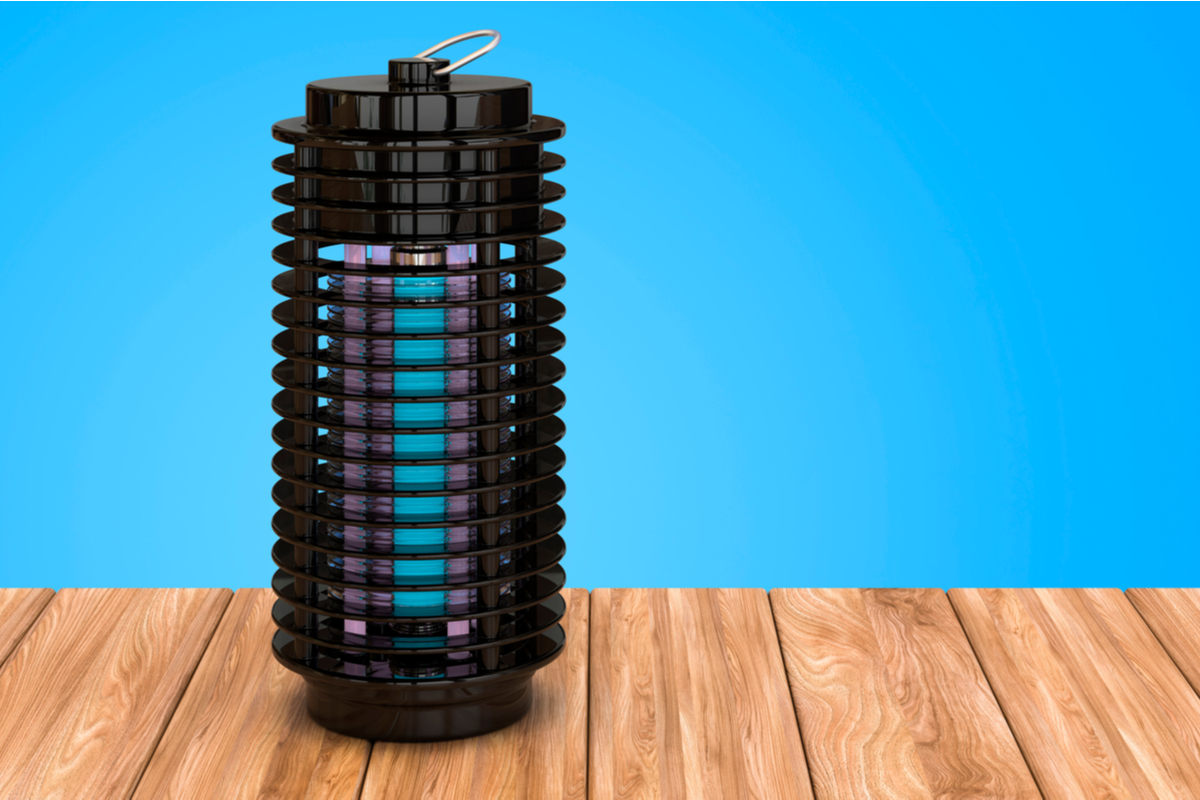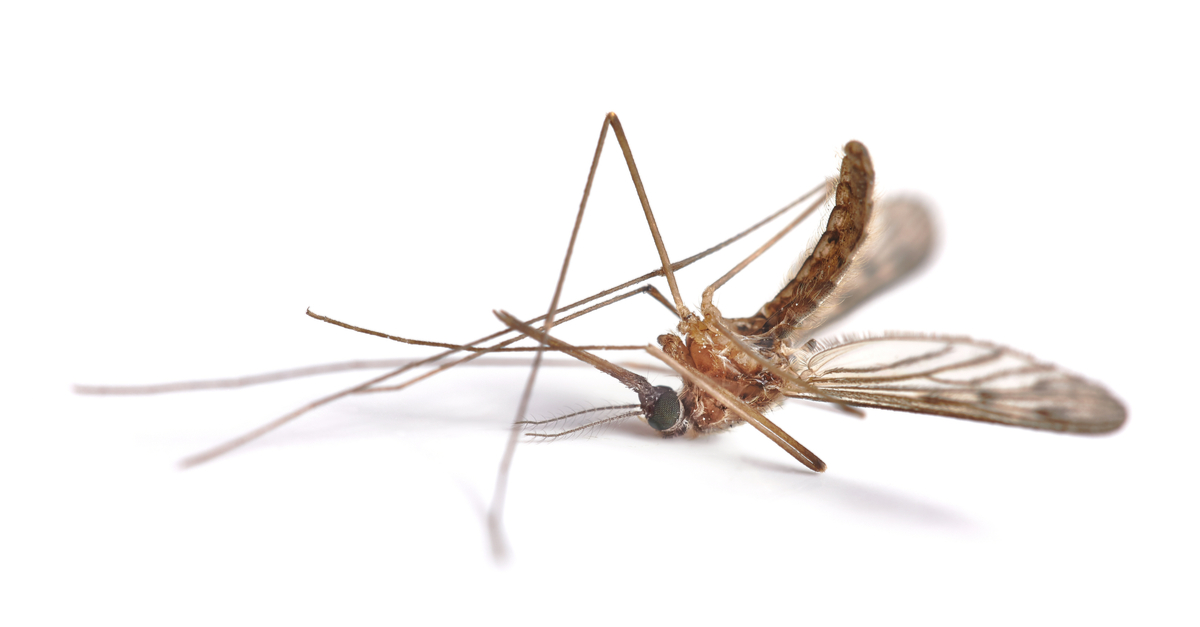You’ve spent the last year inside hiding from the world. It’s time to get outdoors and let loose with your friends and family. But there’s one problem… BUGS!
Bugs are the worst. They buzz and bite non-stop and have the uncanny ability to ruin any outdoor gathering or activity. They’re the unwanted party guests that just can’t take a hint. Looking at you, Uncle Peter!
You can douse yourself in bug repellent or create a seance circle of citronella candles to hold them at bay, but they’re always there. Watching and waiting for the perfect moment to attack your tasty skin!
So, what can you do to remedy the situation and get back to enjoying the great outdoors?
Read on as we break down bug zappers and how they work.
Zip Zap Za
Whether you are doing some black lawn camping, hosting a barbecue, or just enjoying the outdoors after a hard day’s work, there’s nothing better than spending time with family or friends out back in the wide expanses of your yard.
Unfortunately, it doesn’t take long for you to start swatting away at the mosquitos and gnats gnawing at your arms and ankles.
In the olden days, before pest control was a booming industry, people had to rely on more primitive methods of clearing their surroundings of pests. The main defense was a biological one that relied on using other animals like frogs and toads as natural predators to kill the small insects.
After a while, bug repellant became a common counterattack to discourage insect infestation.
More recently, due to advances in technology, a more efficient and sustainable solution to outdoor pest control came in the form of a bug zapper.
Also known as electronic insect-control system or electrical-discharge insect-control system, these devices make use of ultraviolet light and electrocution. Bug zappers have become perhaps the best way to deal with insects on your property.
Backstory of the Buzz
The earliest record of insect repellent being sold was in 1911. Before that, people were just at the whim of any insect that entered their airspace.
Luckily, in 1934, William F. Folmer and Harrison Chapin registered a patent for the first bug zapper. Unfortunately, this model was deemed too expensive to be practically used by the masses.
The original device was 10x15” and used five incandescent light bulbs to attract bugs. Much like similar models today, the bulbs were surrounded by a grid with wires spaced apart. This early model was only 450 volts, and users were supposed to bait the interior with meat!
A separate gentleman by the name of William Brodbeck Hems was also working on a similar device around the same time. Hems was a professor of parasitology at the University of California and was working on a commercial insect trap for over twenty years to help with the protection of the fruit industry.
He introduced his model in 1934. It’s since become the model for all future bug zappers.
What’s Makes it TICK?
There are a few parts on a bug zapper that are needed in order for it to operate properly. In order to fully appreciate how each part works, we’ve broken it down piece by piece.

The Volatile Housing Market
The first part we must examine is the bug zapper is the housing. A bug zapper’s housing is the part of the unit that holds it all together.
The housing can come in many different shapes in sizes, but the most common is a box-like enclosure. These enclosures are generally made from aluminum, plastic, or a mix of both. Outdoor bug zappers have a sturdier housing than indoor models (more on those later) and often have weather-proof materials, such as polyethylene to keep rust from building up.
Outdoor bug zappers generally try to resemble a lantern or lamp post and have a cylinder design that blends nicely with your other outdoor lighting units or hanging baskets.
The housing frame is the layer of wire mesh that is not electrified. It ensures that no insect will try to come out after the first zap, and it prevents humans from getting zapped by the unit.
Let There Be Light (Bulbs)
Obviously, the main feature of any bug zapper is the light that’s encased in the housing unit. You’ve seen how bugs flock to light sources in the dark. Same idea here! But, instead of just burning their little feet on the bulb, they get ZAPPED! It’s a simple, primitive approach to bug control, but hey, if it ain’t broke!
The fluorescent light bulb emits ultraviolet lights that are attractive to insects. The ultraviolet light lures the bugs into the device because insects see this type of light better than visible light and are more attracted to it.
The light resembles the flower patterns that attract insects, making it even more alluring than one of your normal outdoor floodlights.
The Wire on HBO
The lightbulb isn’t the only part of the zapper doing the dirty work. The wire (or mesh) grids actually do most of the heavy lifting. In a sort of one-two punch method, the light lures the bugs in while the mesh grid traps and kills them.
The mesh grid surrounds the light bulb on the outside. These grids are separated by a very small gap of a few millimeters or about the size of a typical insect. The insects try to get past this grid in order to make contact with that sweet, sweet light source they so crave.
But alas! It is hubris that melts the wings of these arthropods as they fly too close to the sun (or, in this case, ultraviolet light) for when they touch the wire screen surrounding it, they are electrocuted several times until they die.
Transformers: Robots in Disguise!
The transformers on these bug zappers are what send the electrical current to the mesh grid that kills the insects. As the name suggests, the transformer transforms the usual 110-120 volts from the circuit into at least 2,000 volts and electrifies the grid.
The more powerful the transformer, the more volts will be supplied, and the bigger the unit will be.
How Now Brown Cow?
Now that we understand what makes up the unit, we can better understand how it is the unit works.
As we touched upon in the section that covered the light source of a bug zapper, insects are attracted to light. The reason for this is that insects see a higher frequency spectrum of colors compared to humans. They need UV light for migratory purposes and to locate their habitat.
So, when an insect sees that beautiful beacon of UV light emitting from the bug zapper, they travel to it instinctively and try to get as close as possible.
When they get close, they attempt to squeeze into those tiny gaps in the wire mesh, but ZZZZ! They get zapped and fall into a removable collecting tray at the bottom of the unit.
Shoo Fly, You Bother Me
There are various debates as to the efficacy of bug zappers, but they do what they are meant to do: kill bugs! That being said, there are certain things you can do to maximize their capabilities and things to keep in mind when deciding to buy.

Insector Gadget
Bug zappers’ efficacy can be measured by what kind of bugs you are trying to kill. Something called phototaxis can either draw or repel certain bugs to your zapper. Phototaxis is the ability of organisms to move directionally in response to light. This can be positive, meaning it draws organisms in, or negative, meaning it repels them away.
Cockroaches have negative phototaxis, evidenced by how they scatter when the lights are turned on. Moths and other flies and gnats have positive phototaxis, evidenced by how they swarm to any outside light.
Mosquitoes are drawn to the flesh, so some people use an Octenol lure to trap mosquitoes. This lure matches what is contained in human breath and sweat, making mosquitoes flock to it. Putting this near a zapper will increase the efficacy of it against them.
Inside Out
You can purchase bug zappers for indoor and outdoor spaces. Indoor zappers come in many shapes and sizes and can cover your whole living or cooking space. If placed inside, keep away from any food prepping or eating areas as the insects can spray a fine mist once electrocuted that can contaminate the air around the zapper.
There are some indoor models that come in minimalist designs that resemble a small vase or humidifier. Light bulb zappers are a convenient option, as well as socket bug zappers.
Outdoor zappers are the most common zappers, though. They come in different ornamental designs to blend in and are easy to clean. You can get a lantern zapper that looks like a normal outside light but is deadly to insects!
When deciding where to place, keep it ten to 14 feet away from human activity.
What the Buzz Is All About
There you have it! Everything you need to know about how bug zappers work.
For more tips, tricks, and products, check out Bulbhead.com.
